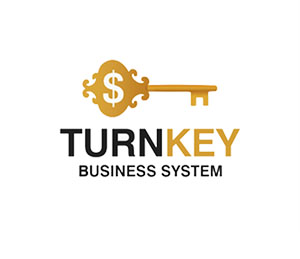Heading: Market Making on Forex: How Liquidity Providers Shape the Market

Heading: Market Making on Forex: How Liquidity Providers Shape the Market
Market making is a core mechanism in Forex, where brokers and institutions provide continuous bid and ask quotes, ensuring liquidity and tighter spreads.
In 2025, top US market makers like Citadel Securities and Jane Street reported that their liquidity provision accounted for over 35% of daily EUR/USD and USD/JPY volumes, stabilizing price movements and enabling efficient trading.
In 2025, top US market makers like Citadel Securities and Jane Street reported that their liquidity provision accounted for over 35% of daily EUR/USD and USD/JPY volumes, stabilizing price movements and enabling efficient trading.
The Foundation of Forex Liquidity
Market makers are financial institutions or brokers who continuously quote both buy (bid) and sell (ask) prices for currency pairs. Unlike typical traders, their primary goal is to provide liquidity, ensuring other market participants can execute orders instantly.In 2025, the Forex market saw an average daily turnover of $1.38 trillion in the US alone, with market makers facilitating more than a third of these transactions (FXC, April 2025).
Definition and Context
At its essence, market making involves holding inventories of currency pairs to meet client demand. They profit from the spread between bid and ask prices, rather than directional price movements. This strategy reduces slippage for retail and institutional traders, contributing to more stable markets even during volatility spikes.
Heading: Market Making on Forex: How Liquidity Providers Shape the Market
Why Market Making Matters
Liquidity is the lifeblood of Forex. Market makers:Maintain narrow spreads for major pairs (EUR/USD, USD/JPY, GBP/USD).
Absorb large order flows, preventing sharp price gaps.
Enable algorithmic and high-frequency trading to operate efficiently.
In April 2025, the EUR/USD average spread for major retail brokers in the US was 0.9 pips, largely due to market-making interventions, compared to 1.5 pips in 2019.
Practical Strategies and Engagement
Retail traders can indirectly benefit from market making by:Choosing brokers with tight spreads and proven liquidity provision.
Monitoring order flow tools to understand where market makers provide liquidity.
Avoiding trading during extreme illiquid periods, like holidays or major economic shocks.
Real Cases / Examples
Citadel Securities (USA): In April 2025, they executed over $120 billion daily in Forex, providing spreads as low as 0.8 pips on EUR/USD.Jane Street (USA/EU): Active across EUR/USD, USD/JPY, and GBP/USD, employing AI to manage risk exposure while maintaining continuous liquidity.
Analytical Data + Recommendations + Forecast
Market-making activity is expected to grow 12–15% YoY in North America, driven by institutional adoption of AI-driven liquidity management. For traders, this means tighter spreads, more stable prices, and better execution. ESG and compliance considerations are also increasing, with firms required to maintain transparent risk management practices.
Conclusion
Market making is the backbone of Forex liquidity. Understanding how these providers operate helps traders improve execution, reduce costs, and strategically time entries. In 2025, market makers are not just intermediaries—they are essential stabilizers of the global Forex ecosystem.
Market making is the backbone of Forex liquidity. Understanding how these providers operate helps traders improve execution, reduce costs, and strategically time entries. In 2025, market makers are not just intermediaries—they are essential stabilizers of the global Forex ecosystem.
By Miles Harrington
October 16, 2025
Join us. Our Telegram: @forexturnkey
All to the point, no ads. A channel that doesn't tire you out, but pumps you up.
October 16, 2025
Join us. Our Telegram: @forexturnkey
All to the point, no ads. A channel that doesn't tire you out, but pumps you up.









Report
My comments